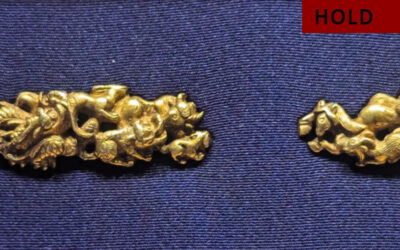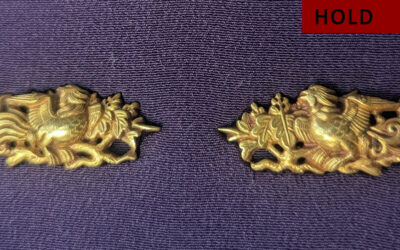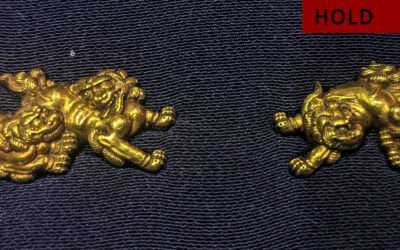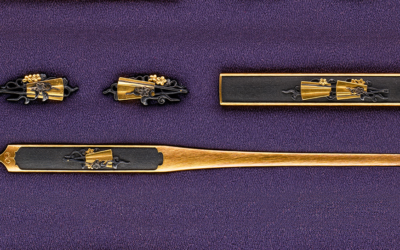
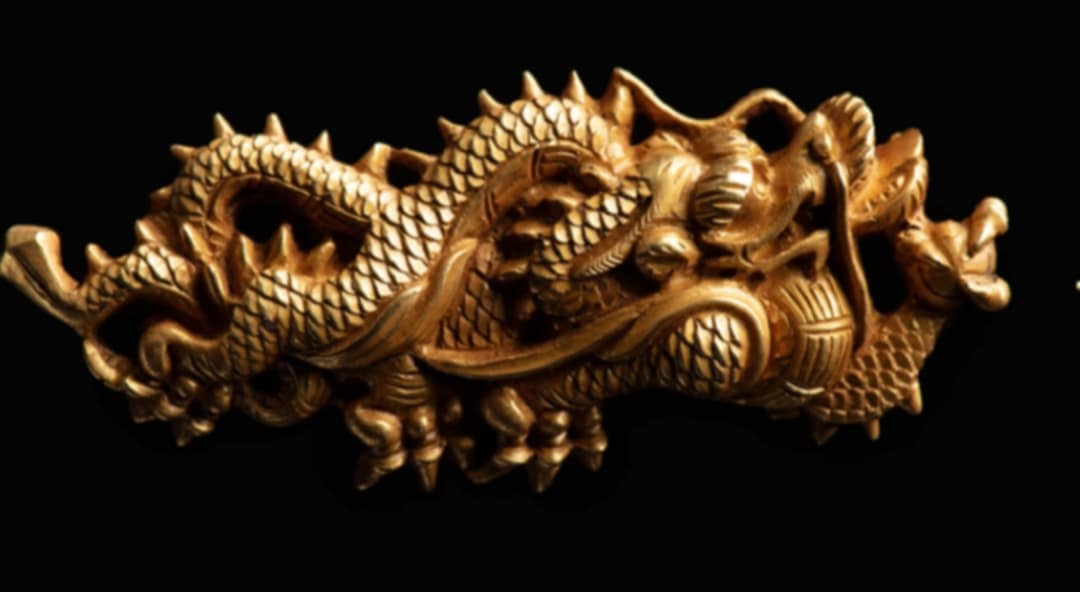

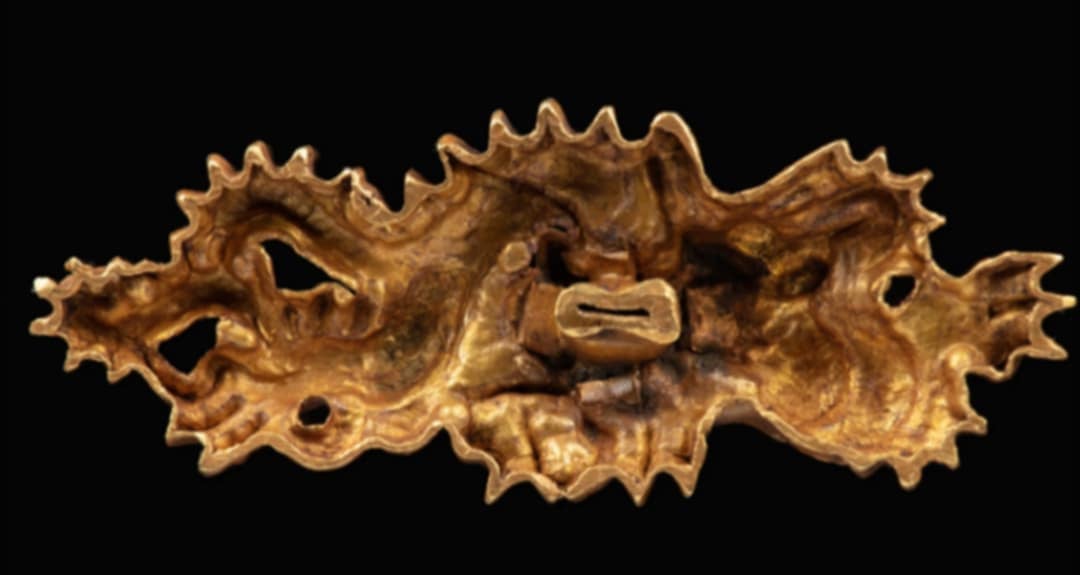
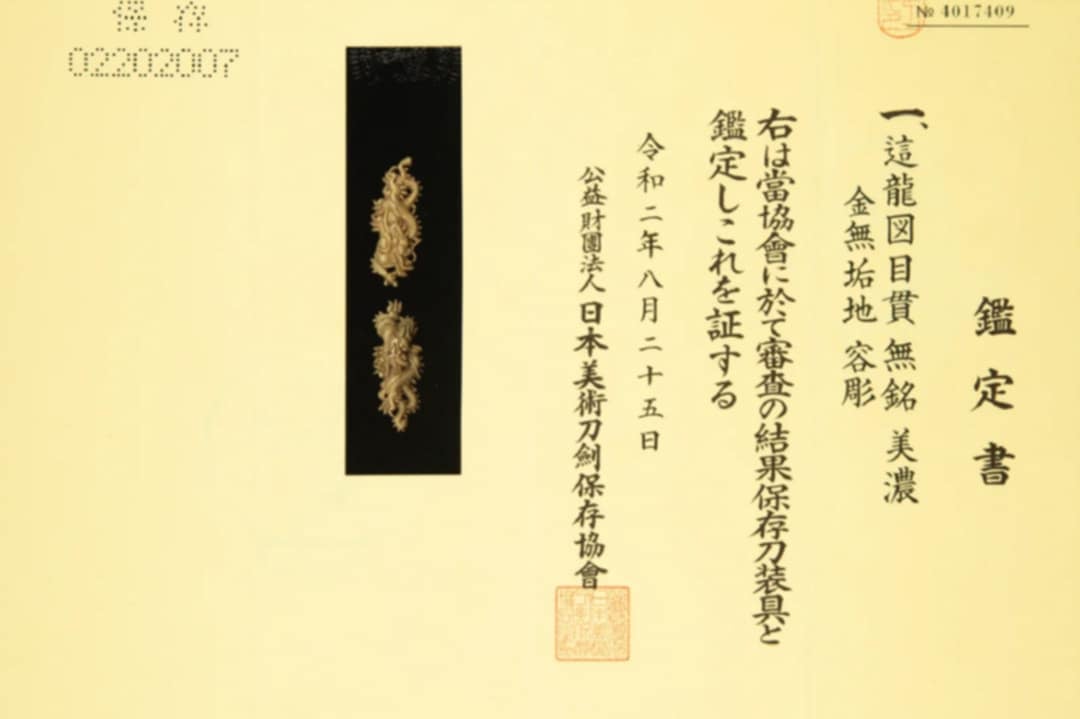
Project Info
Project Description
With regards goldsmiths of the Muromachi period, including those engaged in the making of sword fittings who directly inherited the makes and styles developed in the Kamakura period, the Ko-Mino group of artists expressed themselves by means of the most traditional techniques of metalwork, establishing the so-called Mino art which rendered novelty to the field of decorative metalwork.
– NBTHK English Token Bijutsu
Though the history of sword manufacture and sword fittings manufacture are inevitably intertwined, we have a more clear picture historically about swords. We can go back to the Heian period 1,000 years ago and make some clear statements about swords, but going back this far for fittings, we have nothing much to say about the makers or schools and very little evidence of their work has survived the way swords have.
In practice, some of the earliest groups that we talk about are Ezo, Ko-Mino, and Ko-Goto in the Muromachi period though some Ezo may be earlier than this. There are others rooted in the Muromachi period as well, such as Katchushi, Onin, Hoan, Nobuie, etc. The rise of these fittings makers coincides with the heightened state of war in Japan and the need to provide weapons for large armies. This era of war would see Oda Nobunaga, Toyotomi Hideyoshi, and finally Tokugawa Ieyasu complete the unification of Japan. The Goto school would go on to become the house makers for the Shoguns and their work held in highest regard. When it’s not possible to make a determination to one of these early groups, sometimes because of style, sometimes because of skill, a more generic attribution of Ko-Kinko
is used (old goldworker).
Ko-Mino is said to root itself in the Nanbokucho period, though we don’t see much that exists from these times anymore from any maker. The center of manufacture is supposed to be Kagano village in Ogaki district and Goto Yujo is said to have arisen from this group of Ko-Mino artists. They are thought to have been armorers as well as specialist makers of sword fittings in their early history. Though this would have necessitated the use of iron in armor, their sword fittings are somewhat exclusively made in soft metal, most frequently shakudo ground with gold, silver, copper, shibuichi, and yamagane ornamentation.
There is some relationship between the Ko-Mino makers and Goto Yujo the founder of the Goto line, we see common themes and influence from their work. None of these schools signed their work which is what in particular makes it difficult to say much beyond the school attributions and then the history associated with the Goto school. There are some Mino works that are signed, but these are thought to be Momoyama or possibly early Edo work so tend to be broken out from Ko-Mino.
Ko-Mino as a style features deep carving and when it comes to menuki, a domed profile is common and often shows openwork. In side profile Ko-Mino work should have some clear three dimensionality from the deep carving and dome shape. The most common themes are floral and nature themes, though sometimes we see dragons and shishi which would go on to become very typical Goto styles through Yujo. The attribution to Ko-Mino usually covers work from the middle Muromachi period up until the Momoyama period which is about as far as we can go back reasonably and make a determination of who made the item.
Goldsmiths of the Ko-Mino school lived in Mino Province in the Muromachi and into the Momoyama period. They developed the unique techniques with which they worked on their ingenious designs.
The Mino-style engraving known for deep chisel cuts makes the design in high relief stand out remarkably raised. The depth of cuts and the powerful lines are the most conspicuous traits of Mino-bori. Most of the designs used are of autumn flowers and plants that grow in the wild presented in the typically Japanese taste .
Their love for nature and the plants cherished by it vividly represents the Japanese sentiment deeply rooted in the worship of mother nature.
– NBTHK English Token Bijutsu
Today the Ko-Mino school is held in high regard with 116 items having passed Juyo. Due to their relative age as sword fittings, they are not so frequently found.
Hozon Mino School Menuki
The Mino tradition of gold work did not end with the Muromachi period, but the style continued into Edo using the same techniques. When it is more difficult to classify the period of Mino work, that is if it is potentially going into the Edo period, the attribution will go to Mino instead of the more specific Ko-Mino. This piece then falls into the broader attribution of Mino and is more likely from the early Edo period as a result.
These are really nice quality Mino menuki, I think from around the early Edo period. These show some influence from the Goto school I think, but scholarship at this level is a bit above my head.
I papered these myself, and I guarantee these will pass Tokubetsu Hozon or full money back. I usually just paper tosogu to Hozon to reduce the cost a bit, and this is common practice in Japan.
These would be very nice mounted or else kept in the new custom box in which they currently reside.
– Article courtesy of Darcy Brockbank

